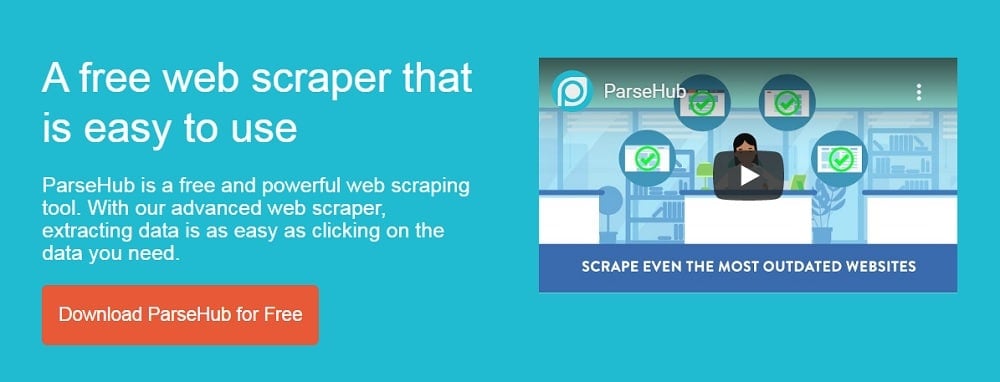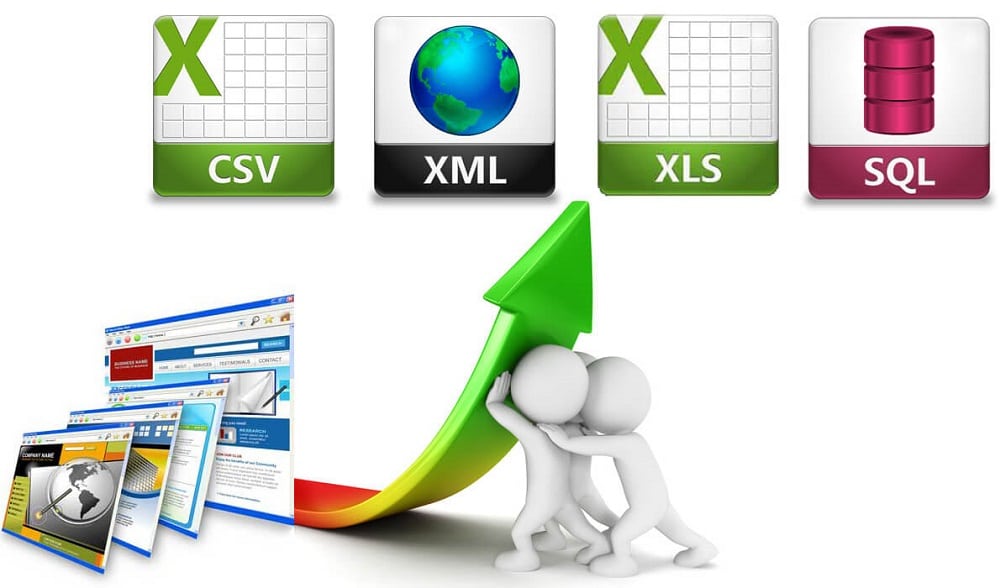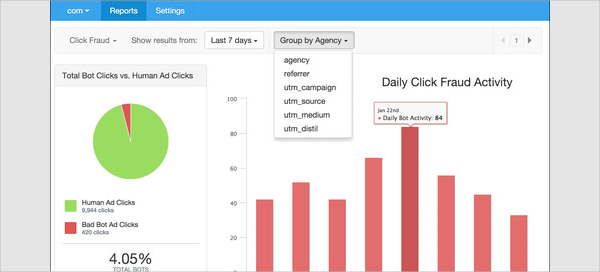

This is the exact process we’ll be following to identify the elements from our target website and tell our scraper which information to extract.

And the text of the button is wrapped between a tags with class=”btn btn-blue ”.The first paragraph is between p tags without any class.The title is between h1 tags without any class.This is where things like meta descriptions, scripts, links to external files (e.g., The CSS and JavaScript files), and more information about the page can be found.įor web scraping in R, we’ll only need to understand the document’s body tag as there’s where the content we want to scrape resides.īy taking a look at the header of the page, we can see that all the elements in this section are wrapped between a div with class=”banner-text”, and we can quickly identify each element:

It also contains all the metadata inside the head tag.
#Web scraping software for mac how to#
Each line of code tells the browser how to show every element in your display by assigning tags to each component within the body tag. What you see on the right is the HTML code of the page. Inside our homepage, right-click and hit inspect to open the Chrome Dev Tools.

So let’s explore our homepage as an example. If you’re not familiar with HyperText Markup Language (HTML), you’ll find it really hard to do any web scraping efficiently. To scrape a website, we need to read an HTML structure to find tags, IDs, and/or classes we can use to identify said pieces of information. In essence, web scraping is the process of downloading, parsing, and extracting data presented in an HTML file and then converting it into a structured format that allows us to analyze it. Understanding Web Page Structure: HTML and CSS Thus, making R more suited for statistical learning, data exploration, and data experimentation, with the added advantage of being able to create beautiful data visualizations like charts and plots.Ī lot of teams actually use both languages, using R for early-stage data analysis and exploration and then using Python to ship data products. Moreover, compared to Python, it has a larger ecosystem of stats models and in-built data analysis tools. On the other hand, R is more complex for beginners and is more focused on statistical analysis. With libraries like Scrapy and Beautiful Soup, you can build complex web scrapers with a few lines of code. Its english-like syntax makes it easy to understand for beginners and professionals. However, Python is a more versatile and easy-to-learn language than R. They both have active, supportive communities, several packages to make web scraping and data manipulation more effortless, and new tools and libraries are being developed constantly. Python and R are two of the most popular programming languages for data scientists. For example, if you’re going to do sentiment analysis or customer behavior analysis then a web scraper built in R might be a good choice. In short, web scraping in R can be a better choice than Python in cases when you want to analyze and manipulate large sets of data and create comprehensive data visualizations. If you’re looking to analyze and manipulate large datasets and create comprehensive data visualizations, R may be a better choice over Python. In today’s article, we’ll explore the differences between web scraping in R and Python, and we’ll build a fully functional R script to extract large datasets with just a few lines of code. That’s why it should be no surprise that it’s one of the most popular programming languages in the data science community.īut you’ve probably heard that Python is the most popular language among data scientists, haven’t you? Both are great options for aspiring web scrapers if you know how to use them. Web scraping is all about finding, extracting, and formatting data for later analysis.īecause of R’s built-in tools and libraries, web scraping in R is easy and scalable.


 0 kommentar(er)
0 kommentar(er)
